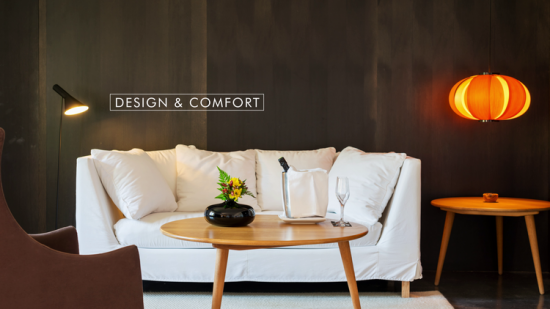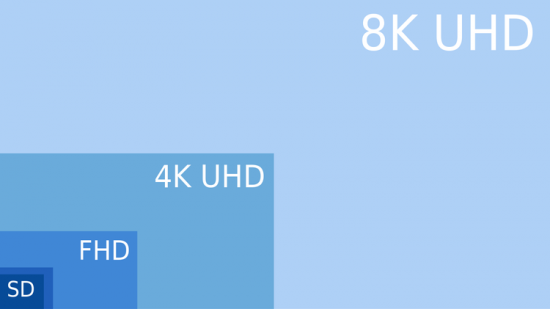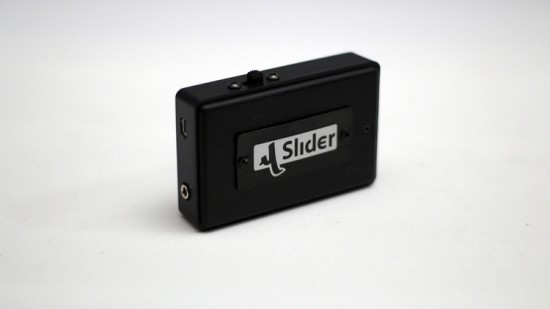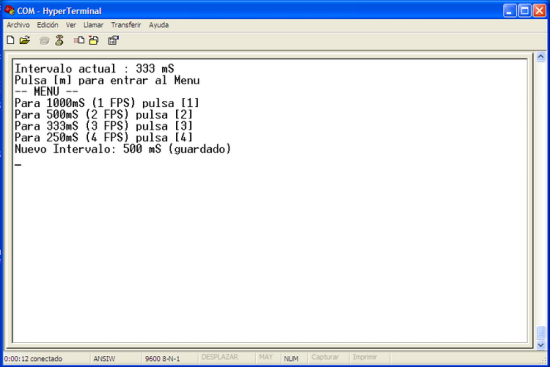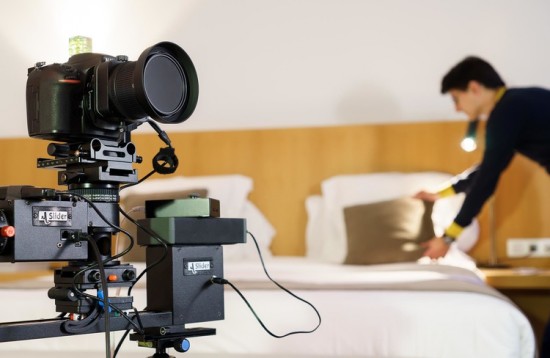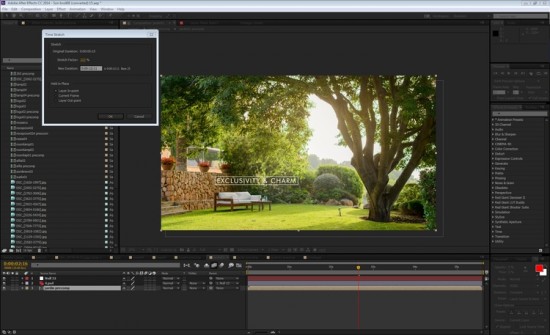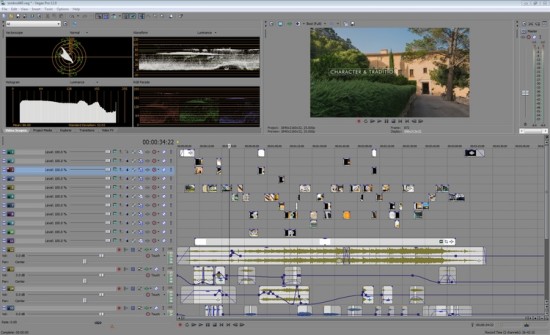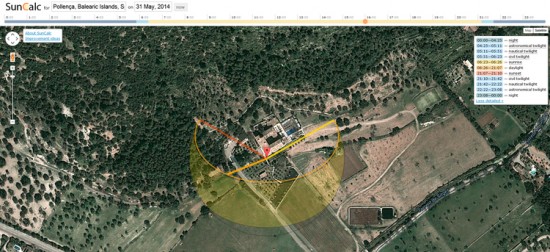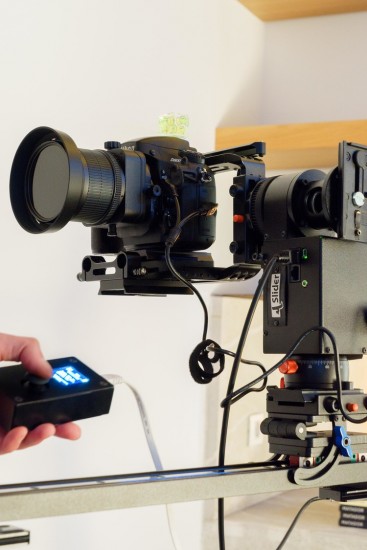
Art Sanchez talks about Capturing 8k real time video with the Nikon D800 camera with a technique called Quicklapse that uses burst mode and custom intervalometer to bypass the 100 photos limit of the camera.
My name is Art Sanchez. I am architecture and interior design photographer from Spain. I have recently teamed up with the award-winning director of photography Macgregor (Los Angeles), to create a new way to showcase architecture in motion. We have developed a new technique called Quicklapse to obtain 8K real time resolution video from the Nikon D800. Here are the behind the scenes details:
DEVELOPING THE QUICKLAPSE TECHNIQUE
The Quicklapse technique is a way to generate ultra high resolution real time video. By capturing continuous bursts of still images and applying interpolation algorithms in post-production to fill up the missing frames we are able to create unsurpassed video quality.
For the last year we’ve been developing the Quicklapse workflow which is perfect for premiere global destinations, states, resorts, interior design and iconic architecture projects.
Main advantages of Quicklapse:
- High resolution and rich colour imagery: real time video with photographic quality.
- Full frame 24x36mm sensor= good in low light conditions, optimal lens coverage specially with wide angles and tilt&shift lenses.
Disadvantages of Quicklapse:
- Tedious and slow workflow derived by working with such an enormous images and raw formats not developed for video.
- A limiting factor: fast moving objects can be a problem, such as trees or water splashes.
Why choosing Quicklapse over traditional high end video for this project?
- Higher resolution files for a much better stabilization and perspective correction, ideal for a 8K or 4K finish.
- Excellent performance: dynamic range, low noise, raw flexibility and great color science.
- Lighter camera setup, offering more stability when using complex multi-axis motion control rigs.
- Photographic post-production color correction workflow: it becomes easier to emulate the architectural photography look.
OUR HISTORY
The story began back in 2012 when Miguel de Olaso, Macgregor (co-founder of Sanchez-Olaso) found himself in trouble during a trip to Iceland; an accessory cable the external recorder of his Sony F35 cinema camera was damaged and that left him unable to work for the rest of his trip.
Since he didn’t want to come back home without quality footage of the wonderful Nordic landscapes he decided to use his Nikon D800 as a backup camera. But instead of shooting regular HD video with it, Miguel took advantage of the camera’s burst mode to take continuous still photographs with the idea of turning them into real time video.
He noticed that he could manage a constant 5 fps burst (in JPEG mode) up to 100 images (Nikon’s weird limit), which was far from the standard 24/25 fps of conventional video but definitely faster than any standard timelapse technique. Since he wanted to capture real time video the idea of interpolating in post the missing frames to achieve those 25fps was a bit crazy but an interesting challenge.
In the meantime, Art Sanchez had the increasingly need to express a premature idea about architecture video: Art knew that there was a lack of a high quality films that showcase architecture in motion.
Miguel and Art teamed up with the goal of creating a new concept in architecture films by giving a practical use of the burst photo mode technique and the entire post-production workflow that they had developed.
INITIAL CHALLENGE
The first task was to compare the best DSLR cameras available to date to test their buffer capabilities: Canon 1DC, Canon 5D mark III, Nikon D4, Nikon D800, Sony A7, A7R, a99 and a6000.
The next step was checking the different possible combinations of shutter speeds combined with different burst speeds in order to find the sweet spot where each camera offered endless continuous shooting, in raw format. Some cameras are able to shoot very fast bursts but they cannot hold that rate for too long.
We also took into account the useful dynamic range and overall image quality of each camera. After a month of tests, the Nikon D800 resulted to be the best contender for this project.
Further adjustments:
- Matching shutter speeds and frame rate to get a 180º shutter equivalent.-How to solve Nikon’s limit of 100 continuous shutter actuations (implemented in most models)
- We had to research different motion interpolation solutions (AE, Twixtor, etc).
- We needed to avoid any flickering generated by the fast actuation of the diaphragm.
- Stabilization isn’t used so often with shoot-move-shoot movements in timelapse, however it ended up being essential when moving continuously through the slider length.
- We had to adequate the use of tilt&shift lenses for motion picture applications and test this against post-production perspective correction; T&S lenses are quite tricky in video.
NIKON D800 RESOLUTION COMPARISONS
Compared to the top cinema cameras available:
- Nikon D800: 36mpx
- Red Epic Dragon: 19mpx
- Arri Alexa 65: 20mpx
- Sony F65: 20mpx
Compared to 8K resolution:
- Nikon D800: 7360 x4912 pixels (3:2 aspect ratio): 36.3mpx
- 8K UHD: 7680 × 4320 pixels (16:9 aspect ratio) 33.1mpx
- 8K DCI: 8192 x 4320 pixels (17:9 aspect ratio) 35.3mpx
And finally a quick comparison with 4K resolution and 1080p fullhd:
- Which is sixteen times as many pixels as current 1080p HDTV
- More than four times 4K UHD
EQUIPMENT
Custom intervalometer
Every Nikon DSLR camera body has the same handicap: a maximum of 100 photos in burst mode.
We contacted Alex Gutierrez, motion control engineer and CEO at Mslider and they created a custom intervalometer to bypass the Nikon’s limit specially for this project.
This little box fires the camera through the shutter port. The frame rate selection had to be chosen before shooting, by reprogramming the settings of the high-speed intervalometer with the help of a computer.
Motion control rigs
We opted for multi-axis programmable motorized sliders to achieve smooth and continuous camera movements, we used two different systems: Stage One slider with Emotimo TB3 head with 3 axis and also a 2 axis Mslider system.
Working with precise and repeatable motion becomes a time saver and brings a confident factor to the production.
When working with high density sensors (as the 36mpx D800 sensor), the use of high quality glass is mandatory. Our lens bag was formed by a complete set of Nikon mount lenses, and a few Hasselblad Medium format lenses with a tilt&shift nikon adapter.
A common use for the vertical shift is to avoid converging verticals in the image; however, we took advantage of another practical use of these lenses: we also were able to avoid seeing the slider in long push in movements.
POST-PRODUCTION
We ended up shooting more than 50,000 stills during this two weeks production.
Since the whole project was shot in raw format, the processing and conversion of the stills had to be done before the editing could start. We used Lightroom for the raw conversion. It took more than two weeks to export the 36mpx color corrected raw material to 4K. And we are not counting the time we spent dialing the right settings in Lightroom. Two straight weeks where our main computer was just exporting image files, 24/7.
Once we had image sequences we imported those into After effects, where we performed tasks such as stabilization, perspective control and of course time remapping. This process took about two more weeks. We exported the clips on either uncompressed or Cineform codec video files.
Finally the editing was done in Sony Vegas, which handles 4K and Cineform codec pretty well.
JOURNAL
In sunny bright destinations like Mallorca, exterior views are the main selling point when booking a stay. That’s why choosing the right time of the day to shoot each room is dictated mostly by the sun.
In order to represent the maximum tonal range of the scene and create a pleasant aesthetic, most interior spaces are best shot is when the sun enters through the windows. This involves having a carefully designed schedule to cover as much of the building as possible with the right light at the right moment of the day.
Another interesting time occurs during the twilight, just when sunlight and artificial light show equal brightness. With the right exposure we can capture very appealing images.
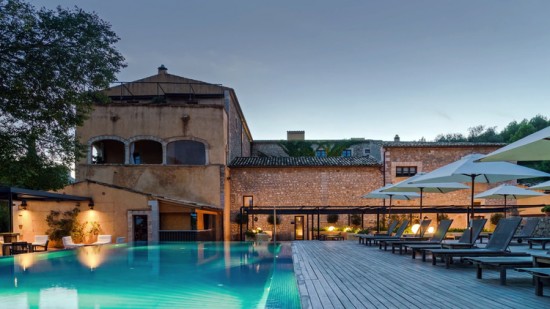
If one of the goals of architectural photography is to make the viewer understand the concept and mood of a building, with our new architectural motion photography technique we wanted to go one step forward to create the experience of being in the space itself.
Special thanks to: Magdalena Rydz, Alex Gutierrez, Josep Lluís Lai, Carlos García and Foto Ruano Pro.
This article was originally published here. If you have an interesting idea for a guest post, you can contact me here.
